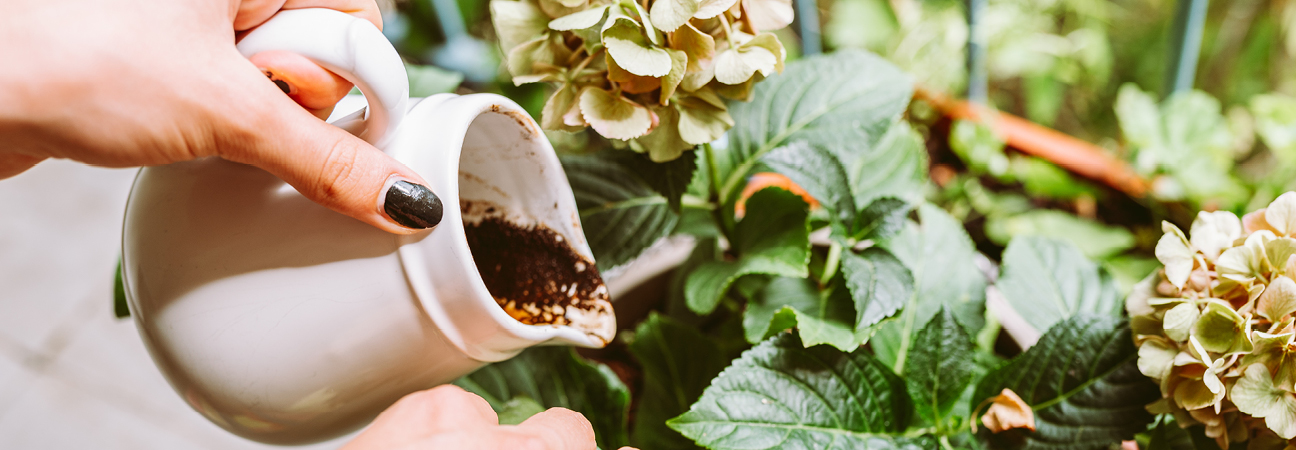Kitchen helper - Three ways you can reuse coffee grounds in the garden

Don’t toss your coffee grounds in the rubbish! Here are three uses for coffee grounds to keep them out of the waste system and put them back into your garden
If you use a French press or an espresso machine at home, you’ll be generating a lot of coffee grounds every day. Don’t toss them - they can put to good use in your garden, in the following ways:
1. As a fertilizer
Coffee grounds are rich in nitrogen, potassium, and phosphorus, essential nutrients for plant growth. Sprinkle them lightly around the base of your plants and dig in a little if you wish.
As coffee grounds are acidic, plants which enjoy a more acidic soil will benefit most. These include azaleas, blueberries, hydrangeas, rhododendrons, roses, carrots, cucumbers, capsicum, potatoes, and radishes. But don’t put them on tomatoes, as they prefer an alkaline soil.
Houseplants also thrive on coffee grounds – try adding a couple of tablespoons to the watering can when you are watering them for easy application.
2. For pest control
The added bonus of a light sprinkling of coffee grounds around your plants is that they deter pests. Their coarse texture and possibly their smell deter slugs and snails. Their caffeine content is also toxic to them, paralysing their nervous system, but they’re safe for domestic animals.
3. As a compost booster
Coffee grounds are regarded as a “green” or nitrogen-rich addition to compost and will help speed up decomposition. When composting it’s important to balance “green” materials with “brown” materials like leaves or shredded paper to ensure a balanced, heathy compost and to avoid a compacted one. Coffee grounds should not exceed 20% of all material in your compost system.

